The counting of the 15th Lok Sabha elections has concluded, and all 543 constituencies have declared their respective winners in a judicious and competent manner, where the process of counting cannot be questioned by any parties. The verdict by the electorate signals three fundamental patterns: in a country as vast as India, results cannot be analyzed in a black-and-white fashion, as there is always more to be known that can be seen by data. In this very election, after three decades, caste again served as the most vital issue: the ruling dispensation could not exploit the religiosity embedded in the electorate, especially after the consecration of the Ram Mandir (the BJP lost the Ayodhya constituency). Communal hatred could only extrapolate greater than the already 15% to 20% committed Hindu vote that the BJP garners. Moreover, after caste, rudimentary economic policies were of concern: deprivation of jobs to the youth, lack of adequate public facilities, risk of dwindling affirmative action, and the most important cost of living. The aforementioned phenomenon serves as the bedrock for the dissent against the power structure; however, to note, other issues also resonate to a great magnitude: threats to the democratic structure, changes to the constitution that may reduce rights-based guarantees, and particularly reservations among lower sections of society. The aforementioned points signal a shift in the importance of the general voter—a sign of normal politics coming back into the fray.

Similar Posts
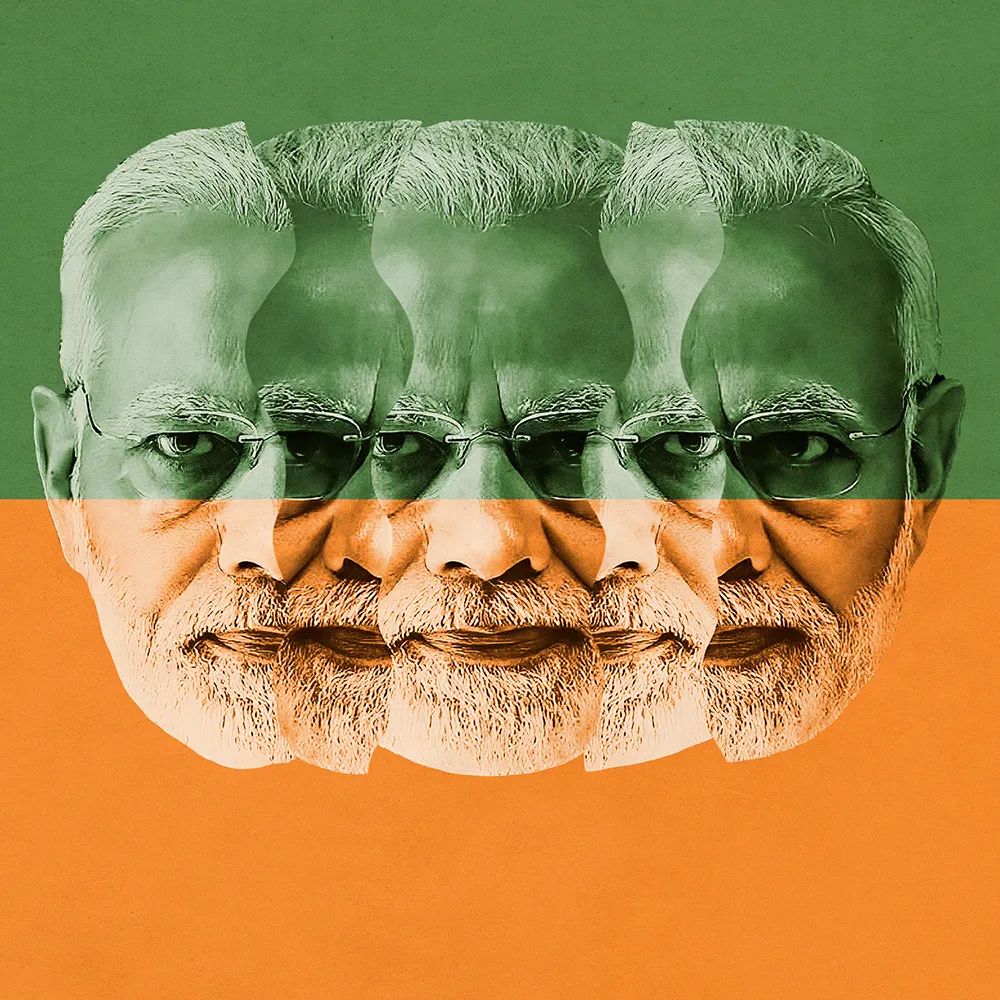
The Modi Cult: A Test of Our Times
After 10 years in power, it is safe to say that Modi has created a cult surrounding him that can…
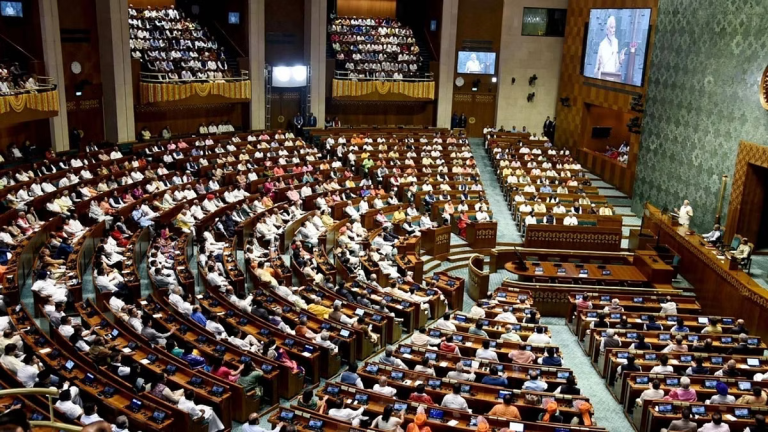
Resurgence of the Indian Polity: A Testament to Democratic Tenacity
The 18th Lok Sabha commenced; it started with the swearing in of 543 members elected through the first-past-the-post system, followed…
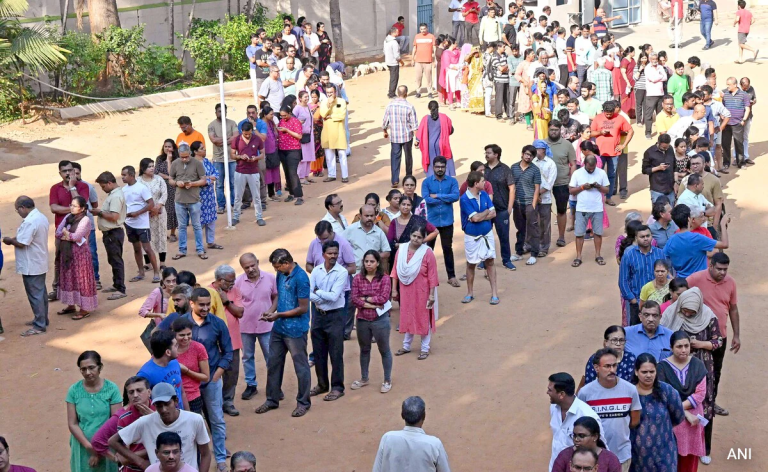
Day Before Results: 2024 Indian General Election
Exactly one day is left before the EVM machines open—the largest democratic exercise this world has ever seen in its…
The Power of Nonviolence: What I learned from the Great Gandhi’s life
“Be the change that you wish to see in the world.” This is one of the most famous quotes by…
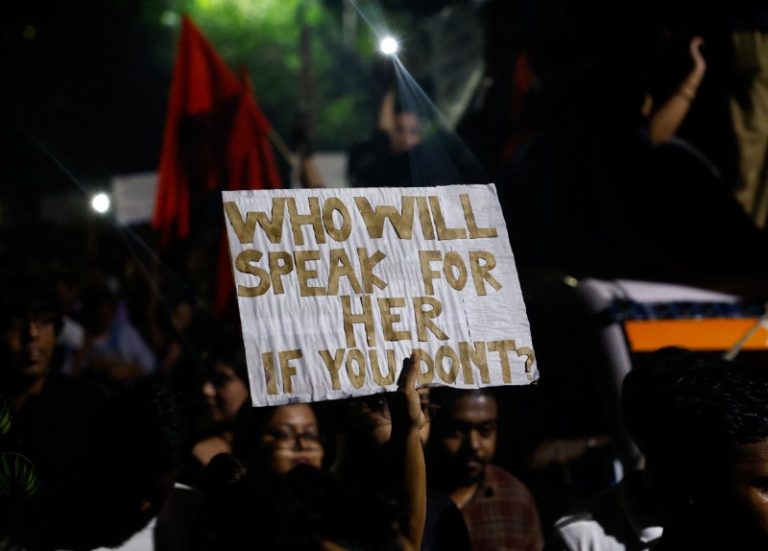
India: A Churn for the Renegotiation of the Social Contract—Again.
Any society is not stagnant; its evolution over the course of time may be regressive or progressive in nature. Led…
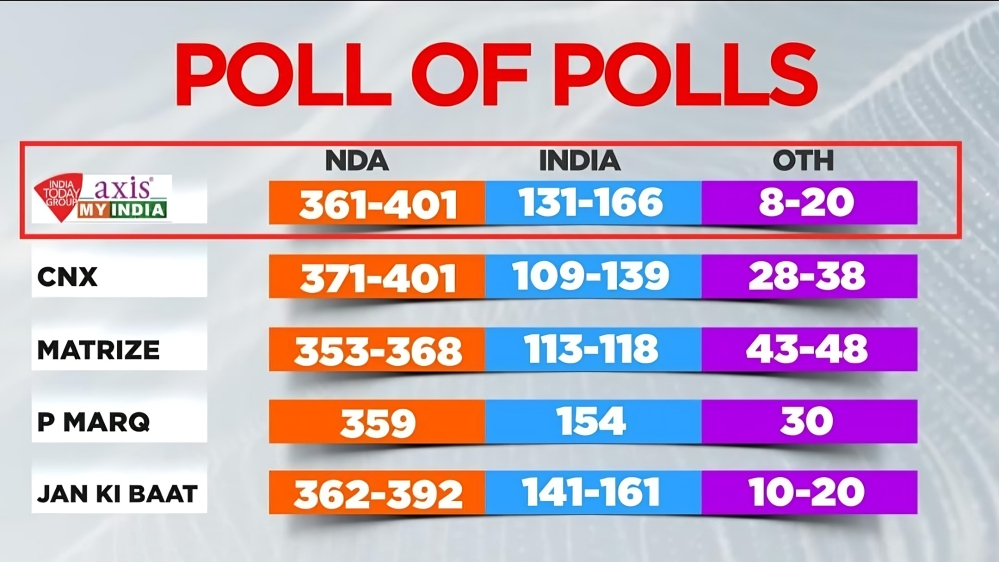
Modi’s Thumping Third Term Is Not a Certainty Yet
All exit polls by major agencies partnered with government-affiliated media organizations have predicted a thumping victory for the NDA (the…